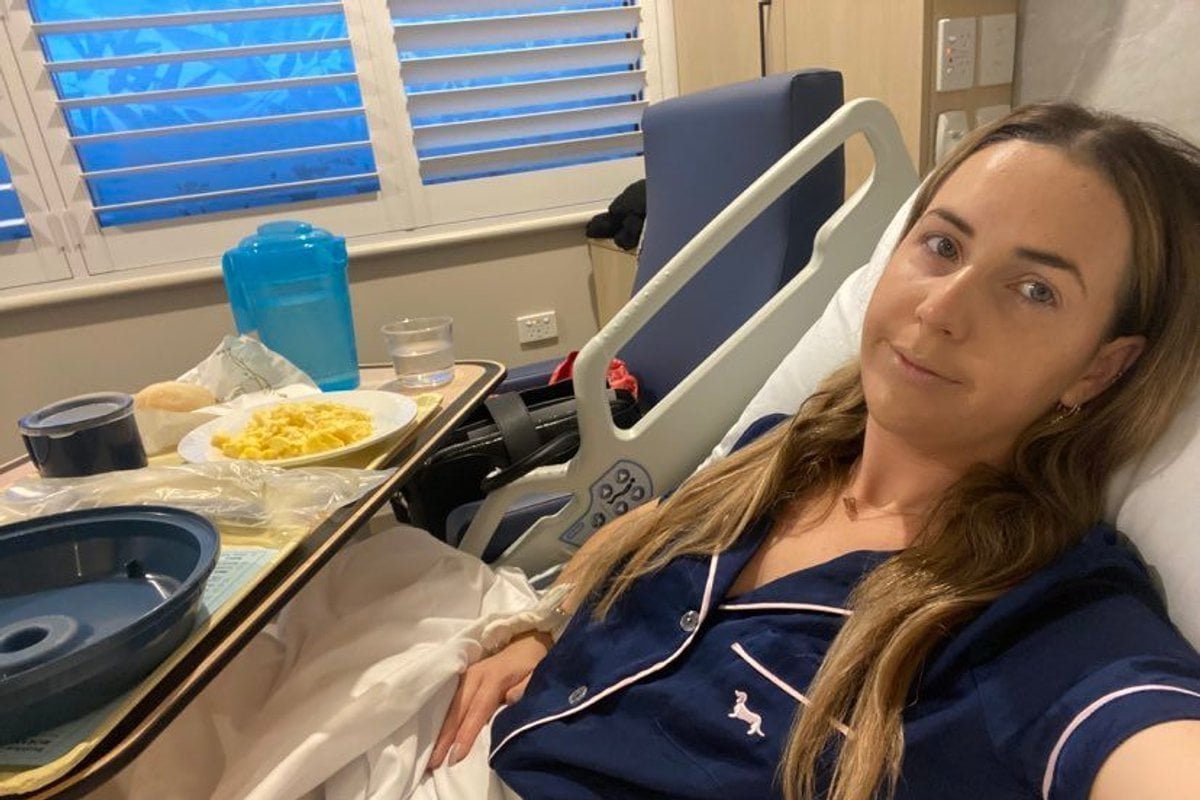
I’m a doctor who has suffered from severe and debilitating chronic pain for the past 18 years of my life. I had given up hope on ever getting better; I'd never even received a proper diagnosis for the pain I was in.
It started when I was just 15, mostly in my back and lower abdomen, but then later spreading to my neck, arms and hands. I was diagnosed with fibromyalgia — chronic widespread joint pain and fatigue syndrome of unclear cause —which is a 'diagnosis of exclusion'.
This basically means that after many, many tests and many, many tears, GP visits, specialist doctor visits, and a few trips to emergency when I was in unbearable agony, they simply couldn't find anything medically wrong with me.
Watch: Endometriosis pain. Story continues after video.
I was made to think the pain was 'all in my head' and that if I could just think positively, eat healthily, and exercise regularly enough, I'd be able to overcome it through sheer willpower.
I was made to think I was lazy and maybe even a little bit overweight. I had doctors tell me to lose a few kilograms, as it might help my back pain.

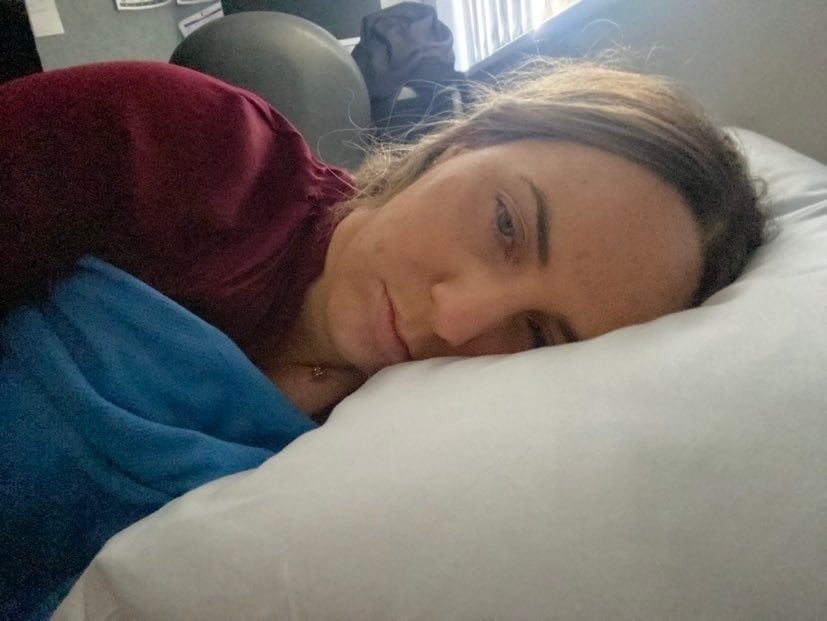
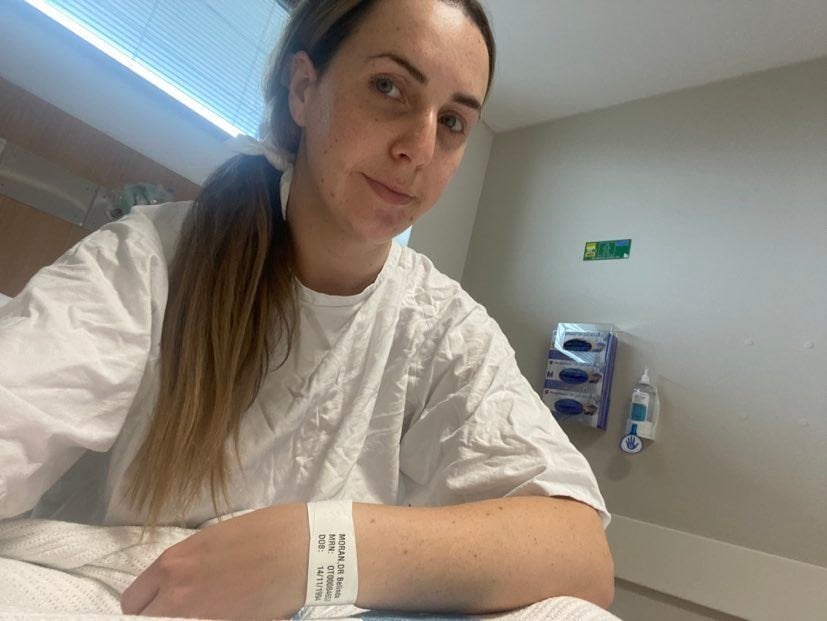
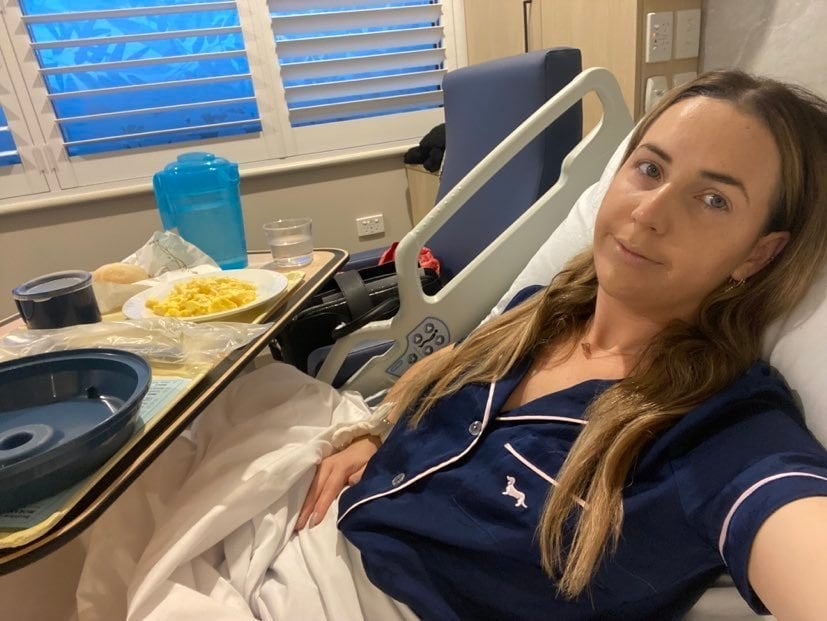
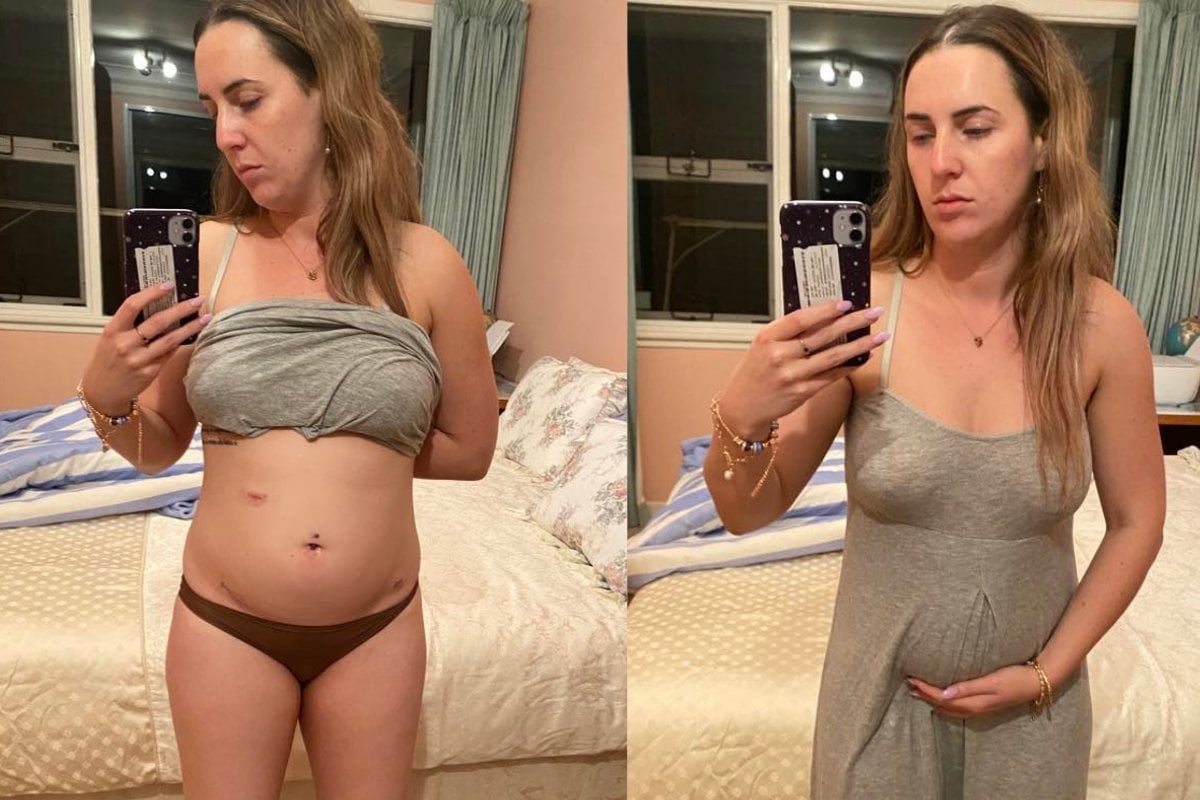
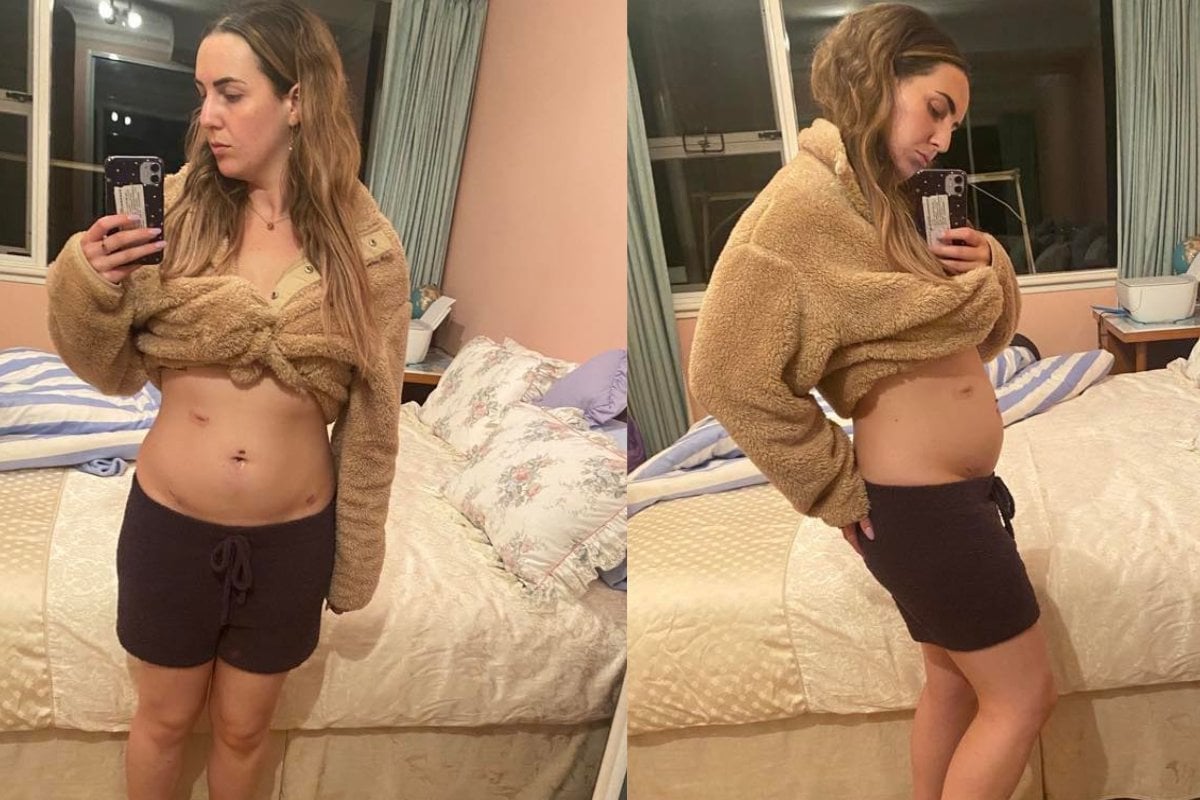
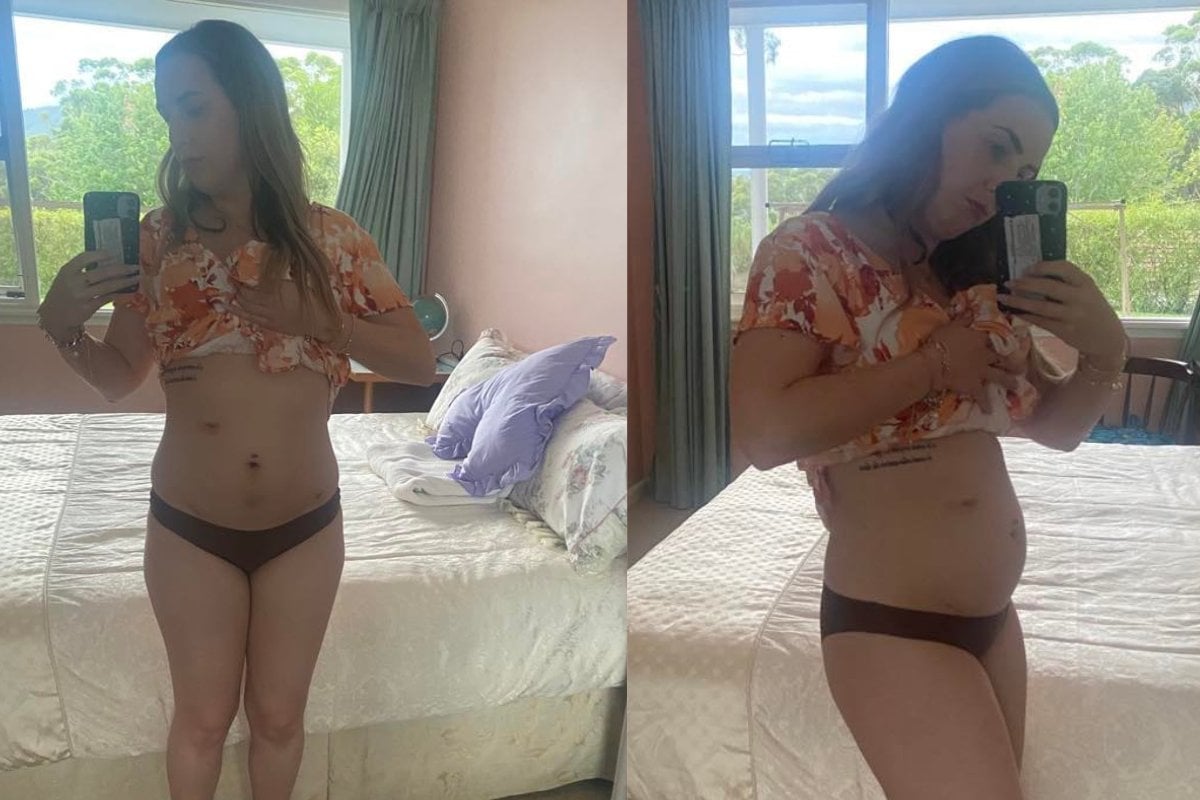
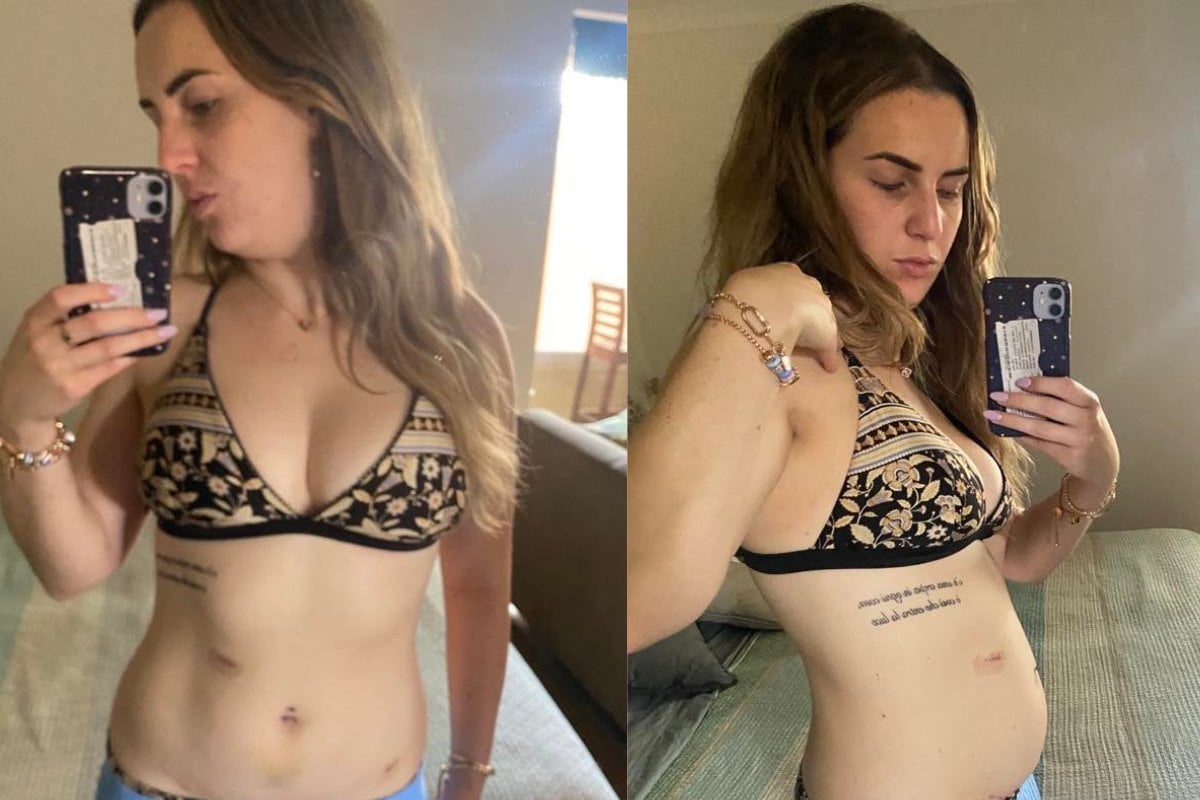
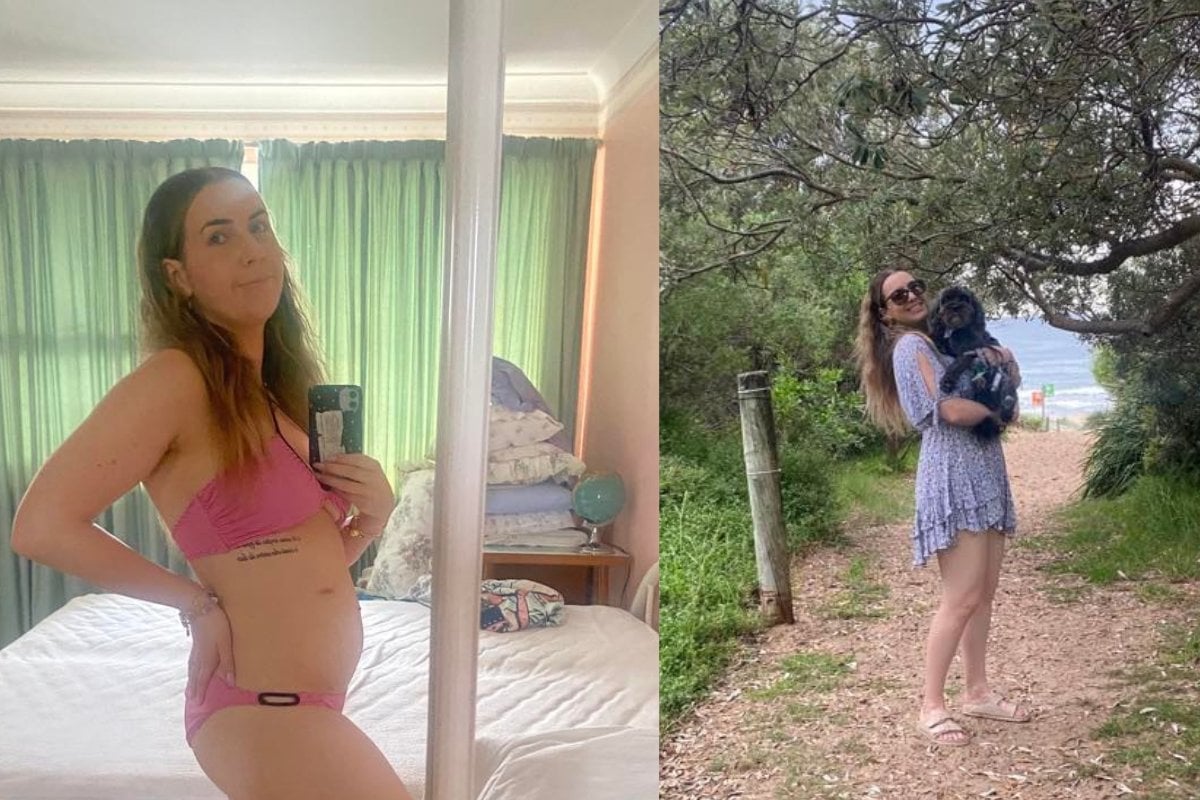
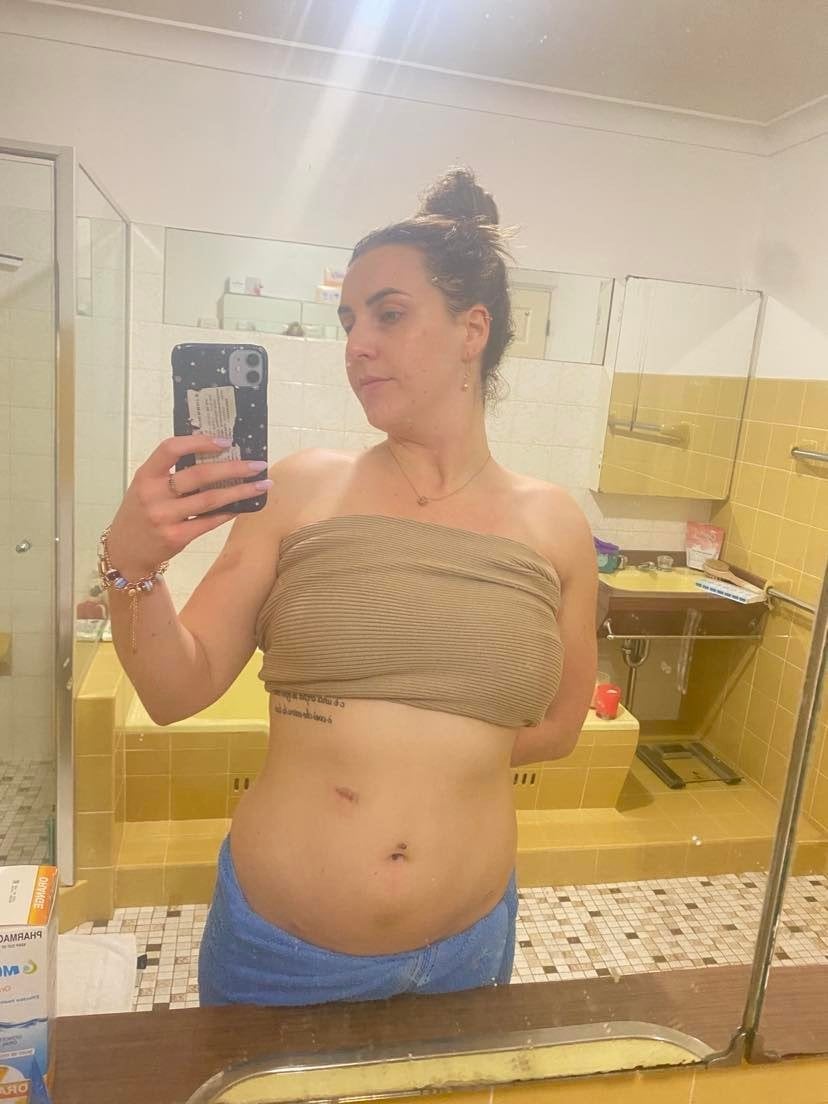
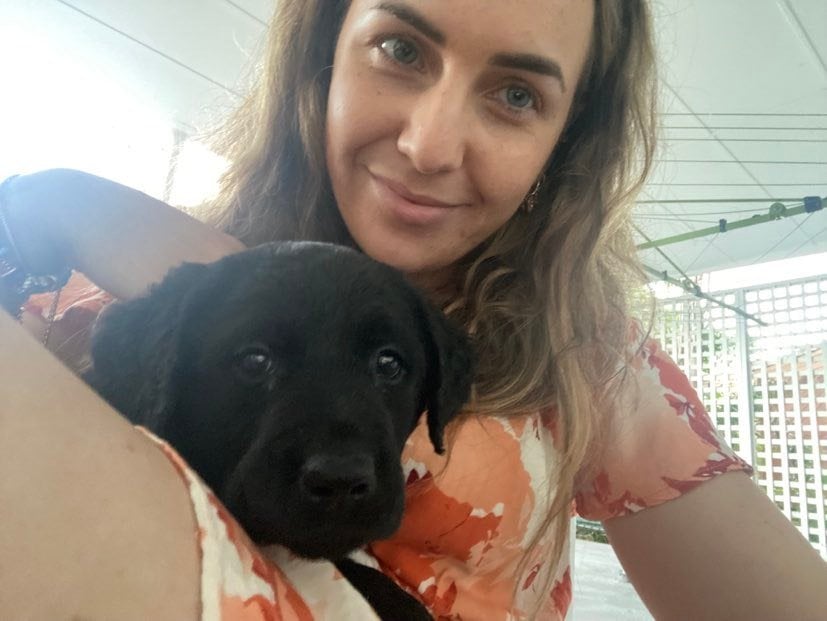
Top Comments